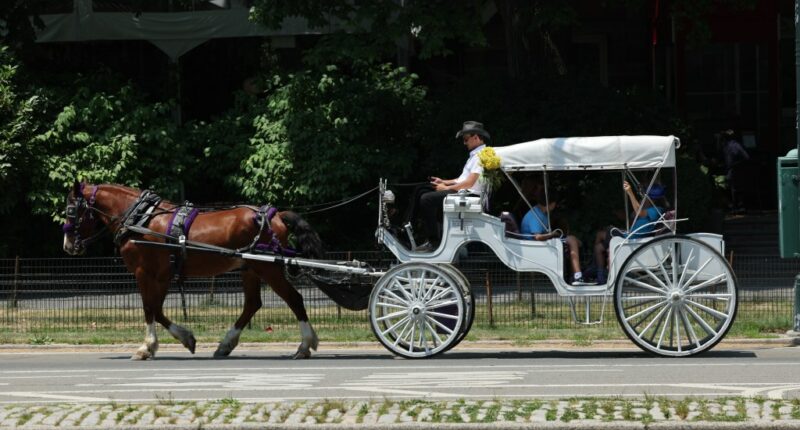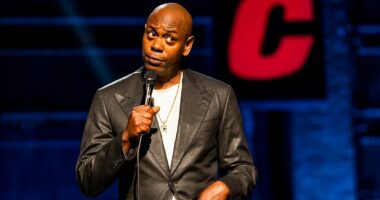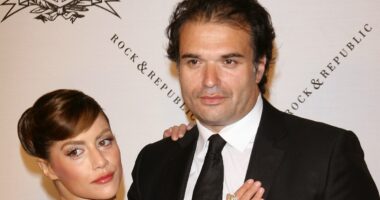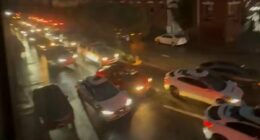Share this @internewscast.com

The story of horse-drawn carriages is deeply intertwined with the history of New York City, a connection that dates back nearly 400 years. The first horses arrived with the Dutch in 1625, tasked with transporting heavy loads and powering sawmills. Later, the British introduced them for racing. Horseback journeys were a staple for New Yorkers until the 1910s, when the rise of automobiles began to eclipse the necessity of these noble animals.
Today, however, horse-drawn carriages in Central Park serve more as a nostalgic nod to the past than a practical mode of transport. Once vital, this tradition now seems at odds with the bustling and modern environment of New York City. The charming imagery belies the fact that these carriages have become both hazardous and unsuitable for the urban landscape, particularly in Central Park, which sees high volumes of daily visitors.
Concerns have mounted following several alarming incidents involving these carriages. One recent occurrence saw a horse running unchecked through the park, forcing passengers to leap from the speeding carriage for safety. Earlier in the year, two runaway horses caused injuries, including a broken wrist for a driver. Tragic instances like the deaths of Ryder and Lady, horses that collapsed on city streets, have further highlighted the perils and ethical questions surrounding this industry.
In response, we took decisive action by bringing together stakeholders, from animal rights advocates to the carriage drivers themselves, to chart a course forward. Prioritizing the well-being of the horses and the safety of our citizens, we issued an executive order to begin phasing out the horse-drawn carriage industry. We now urge the City Council to collaborate with us to pass Ryder’s Law, ensuring a safer future for all involved.
New York, a city of 8.5 million people and countless opinions, has found common ground on this issue. Polls reveal that over 70% of New Yorkers believe it’s time to retire horse carriages. The Central Park Conservancy aligns with this view, advocating for their banishment from the park, their last permitted domain.
In an era where political consensus is rare, all major mayoral candidates stand unified in support of ending this outdated practice. The documented dangers these carriages pose cannot be ignored, and safeguarding New Yorkers is paramount. Our administration remains committed to impactful and sensible policies, and eliminating this antiquated and unsafe tradition is a logical step forward for our city.
Still, I want to be clear: we will not abandon those still in the carriage driver industry who are honest New Yorkers working hard to make a living. That’s why we will find new employment opportunities for our current carriage drivers, create a new process for the voluntary return of licenses, and explore potential new options, including, among other options, electric carriages.
Protecting animal welfare and public safety shouldn’t be political, but the Transport Workers Union Local 100 leadership is attempting to weaponize this sacrifice. The TWU has claimed that our executive order “betrays” working-class New Yorkers, alleging that this was conducted on behalf of moneyed influences. But these allegations, made without a shred of evidence, couldn’t be further from the truth. They blindly ignore our commitment to supporting carriage drivers through the transition, including identifying employment opportunities for their future.
What’s more, we heard from many working-class New Yorkers, community advocates, and public safety leaders, who all voiced their support for a ban on horse-drawn carriages given the clear risks to safety, order, and the welfare of these horses. It’s not a complex conspiracy; New Yorkers agree that these carriages are dangerous, and we are acting on this agreement.
Our proposal is not about eliminating tradition — it’s about honoring our traditions in a way that aligns with who we are today. New Yorkers care deeply about animals, about fairness, and about doing what’s right. Our administration hears all those concerns loud and clear, and we’re taking action to get comprehensive reform across the finish line.
The first horse-drawn carriage circled our streets 400 years ago. For the sake of our animal friends and Central Park visitors alike, let’s hope they take their last trot on our streets soon.
Adams is mayor of New York.
















